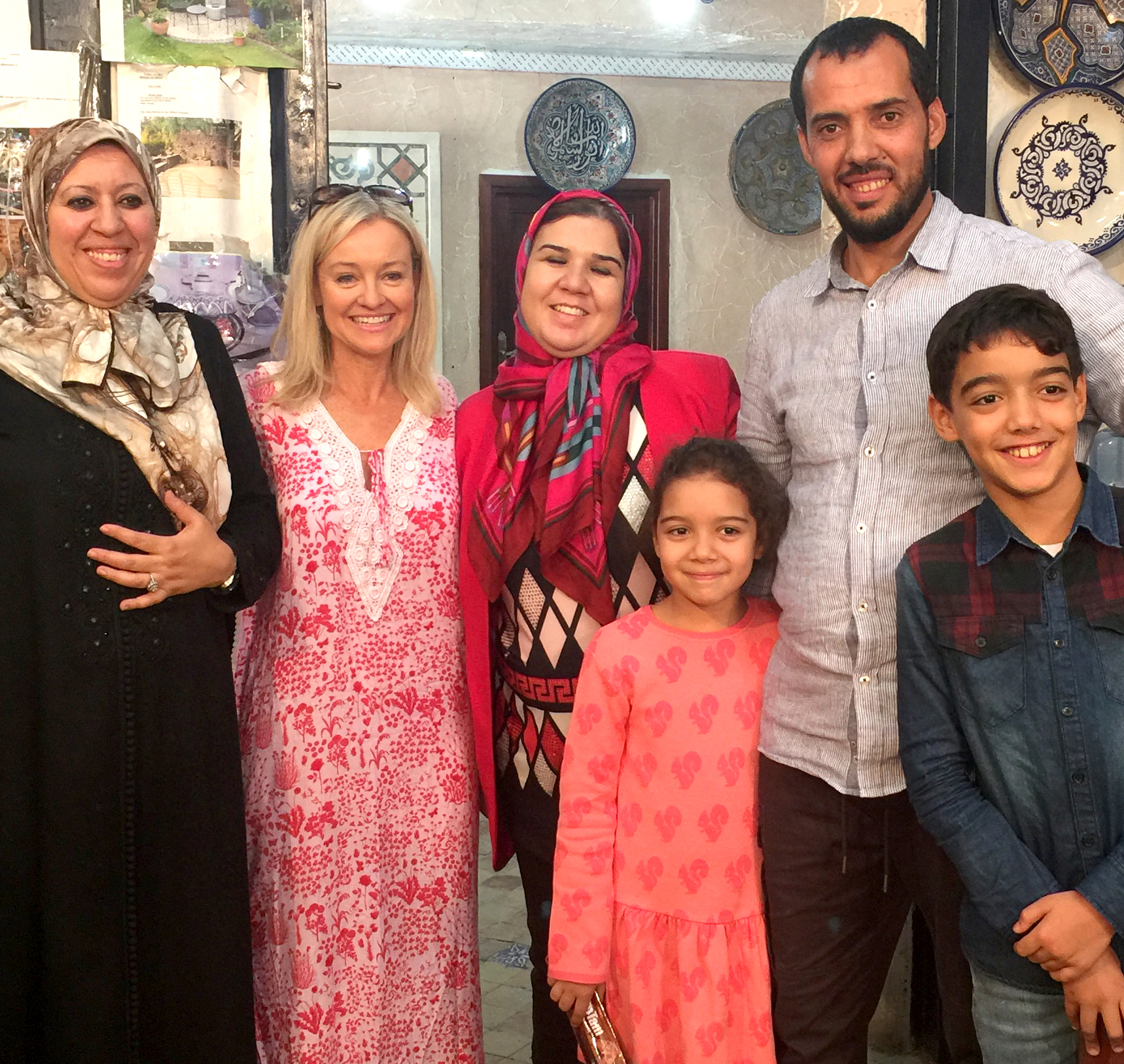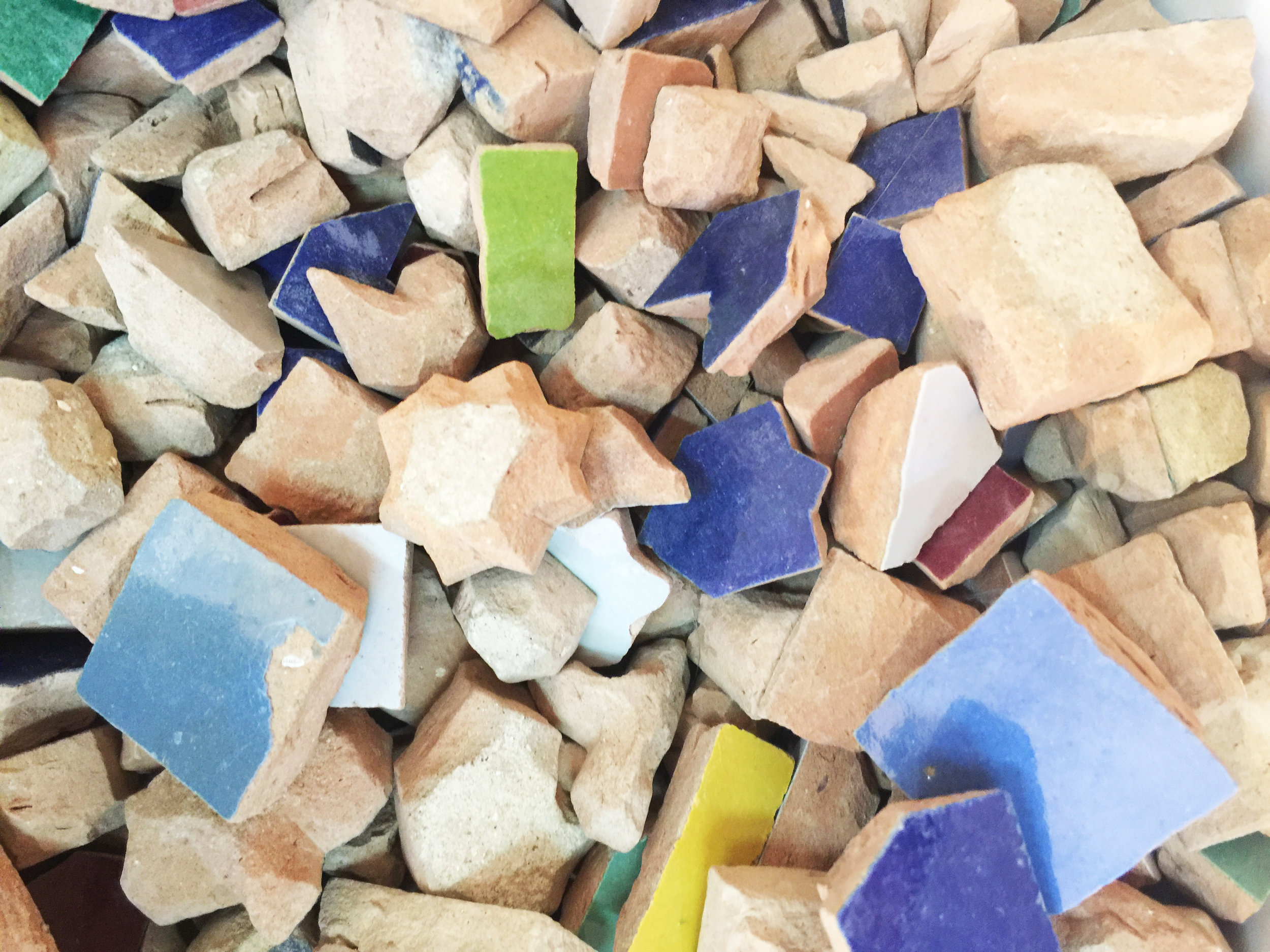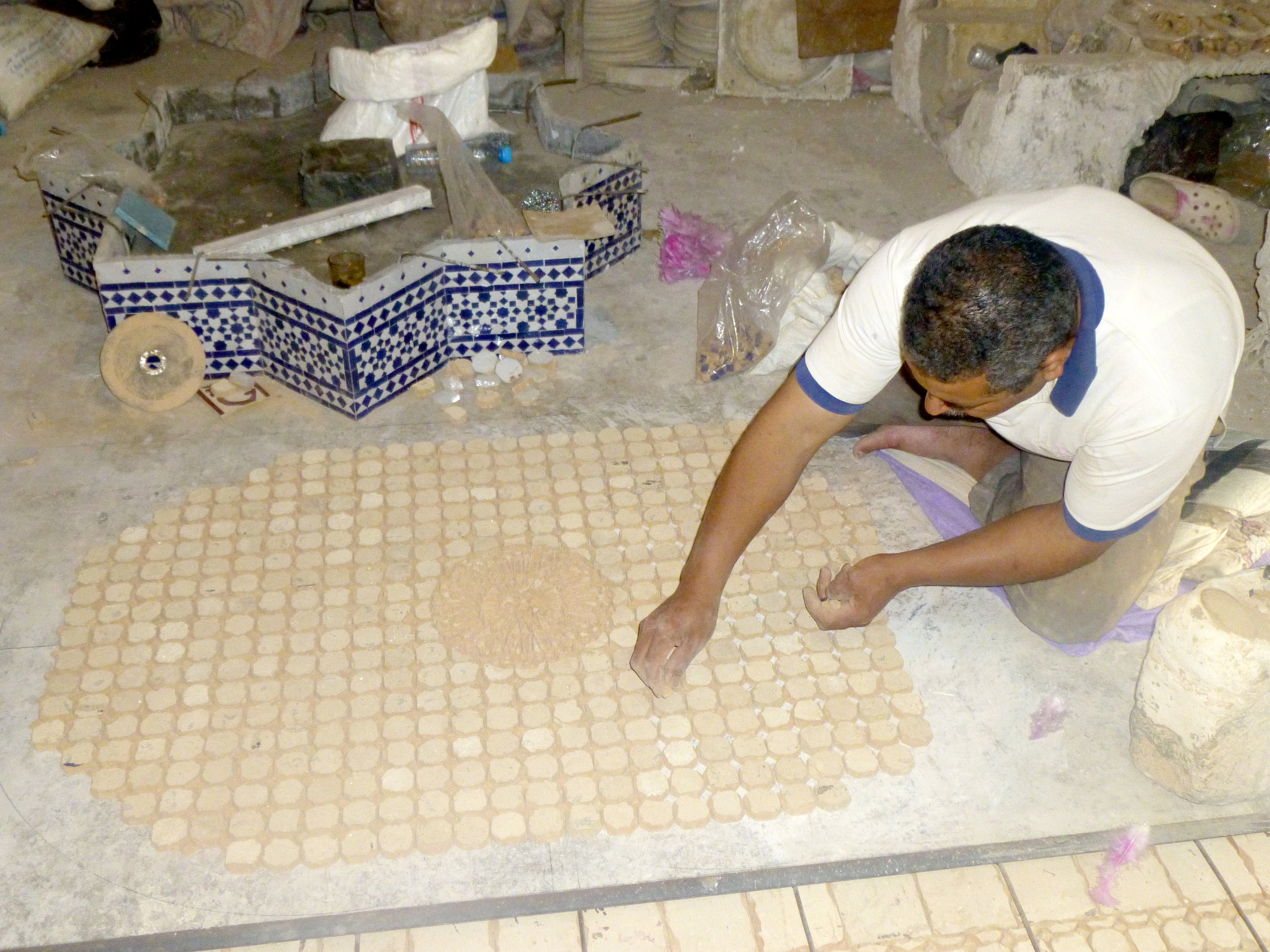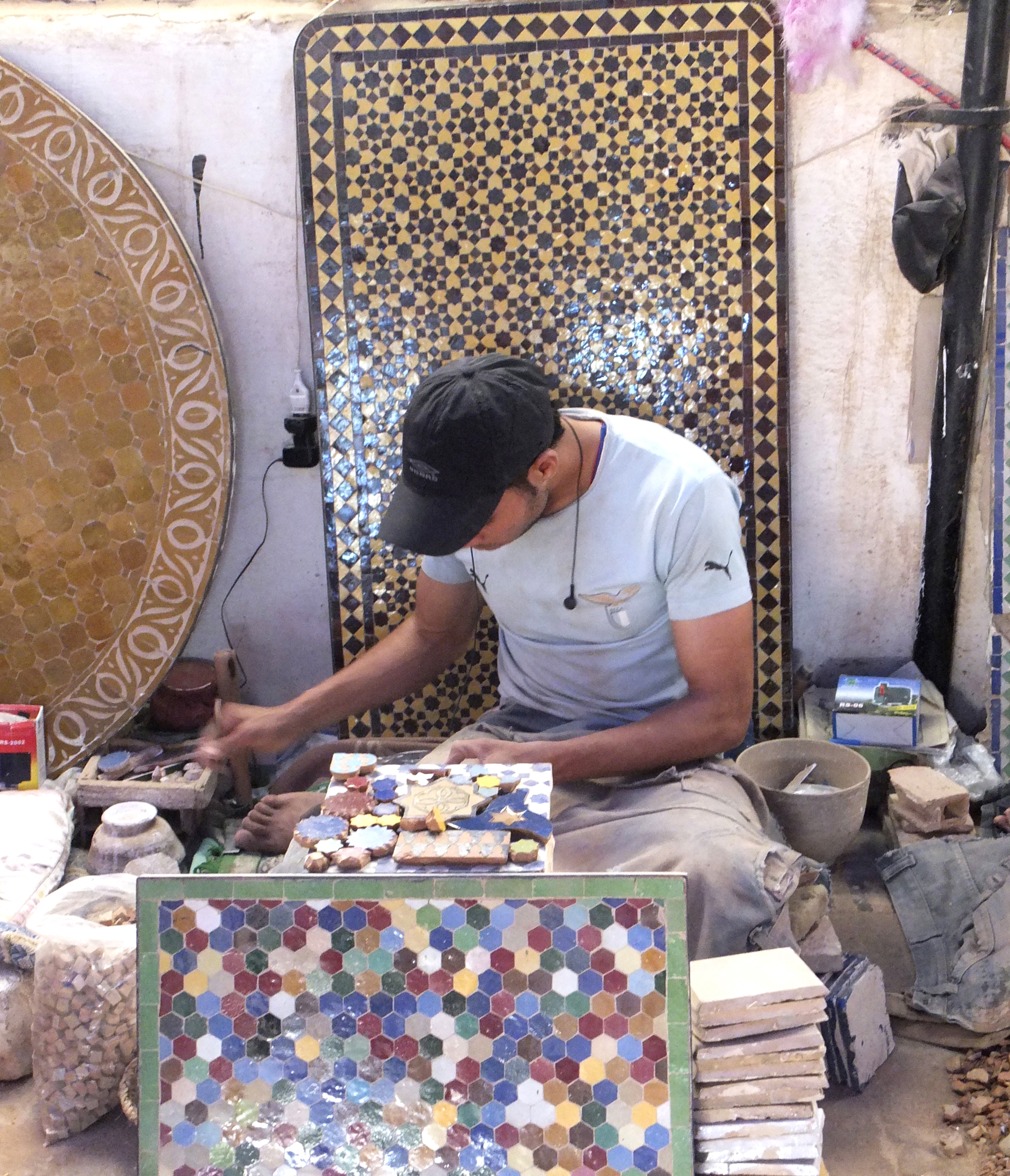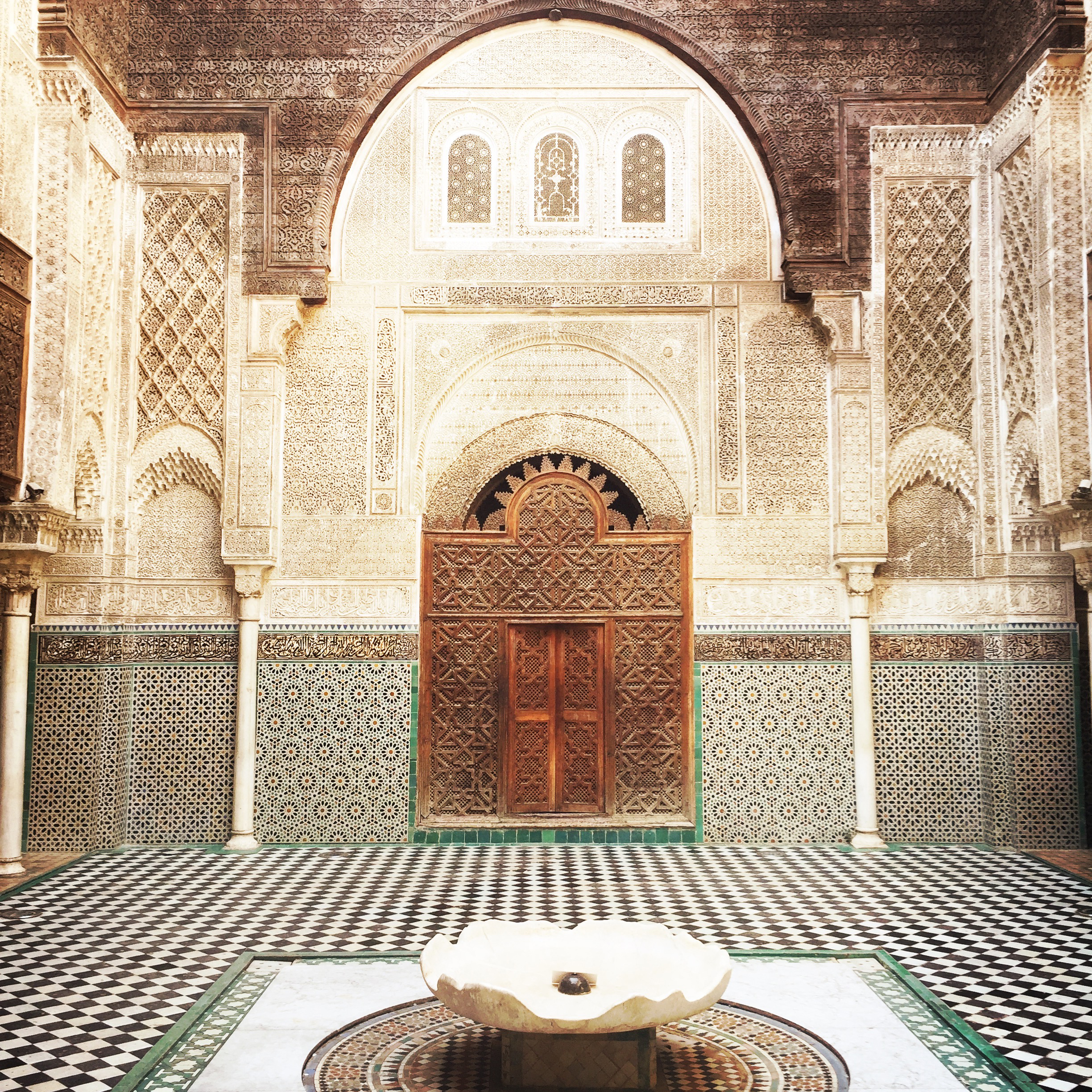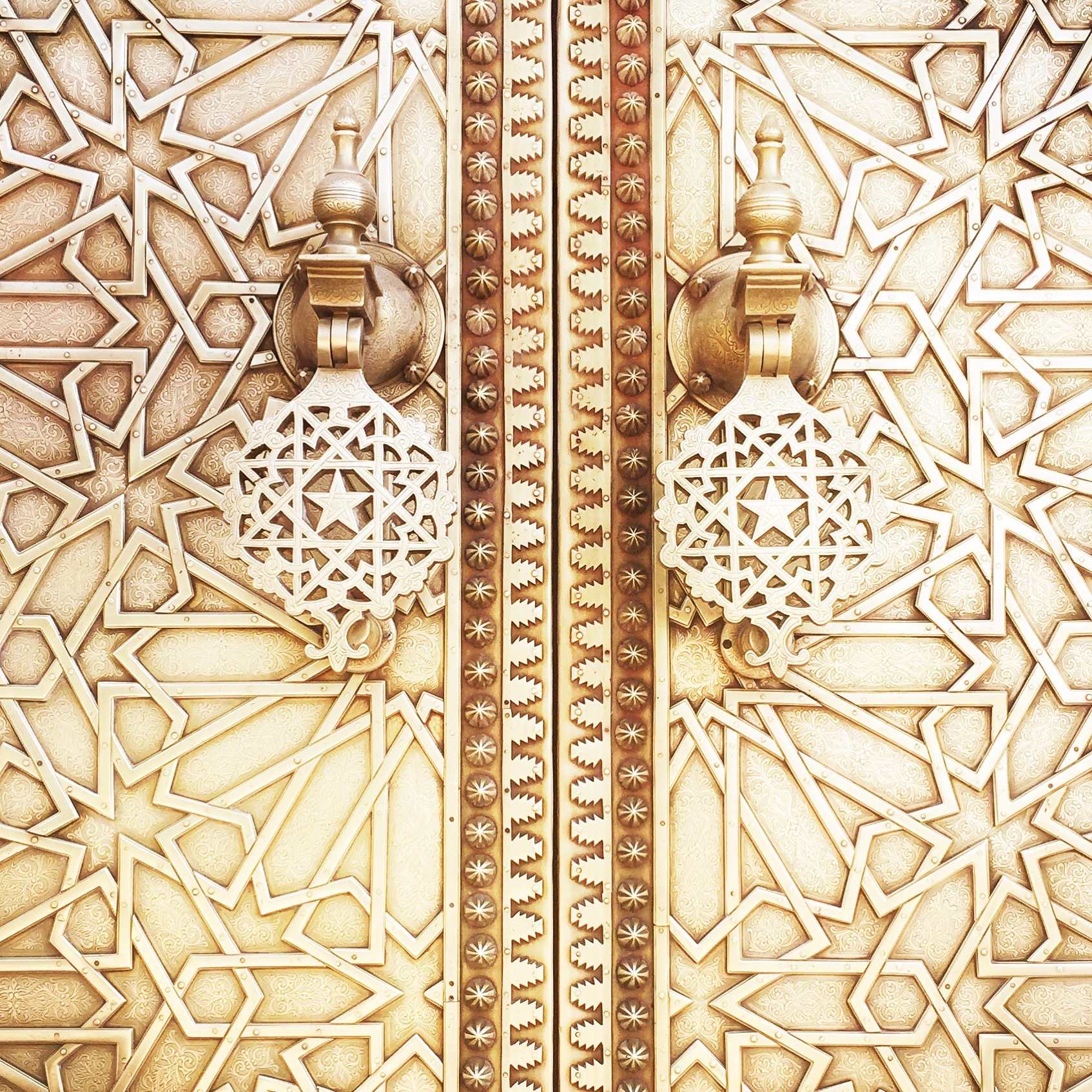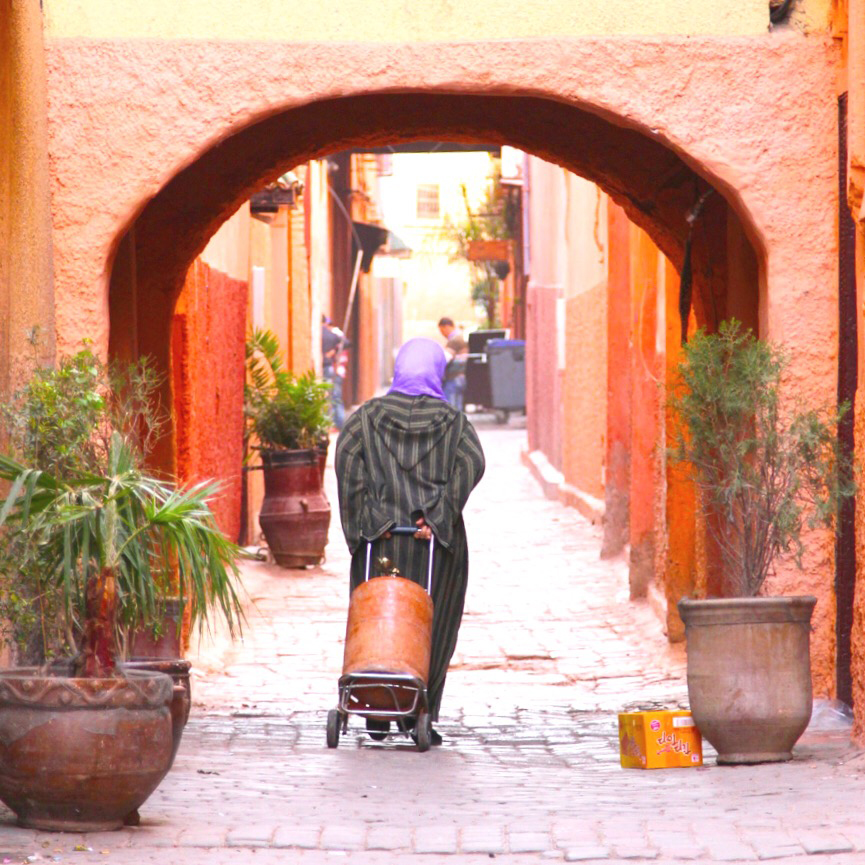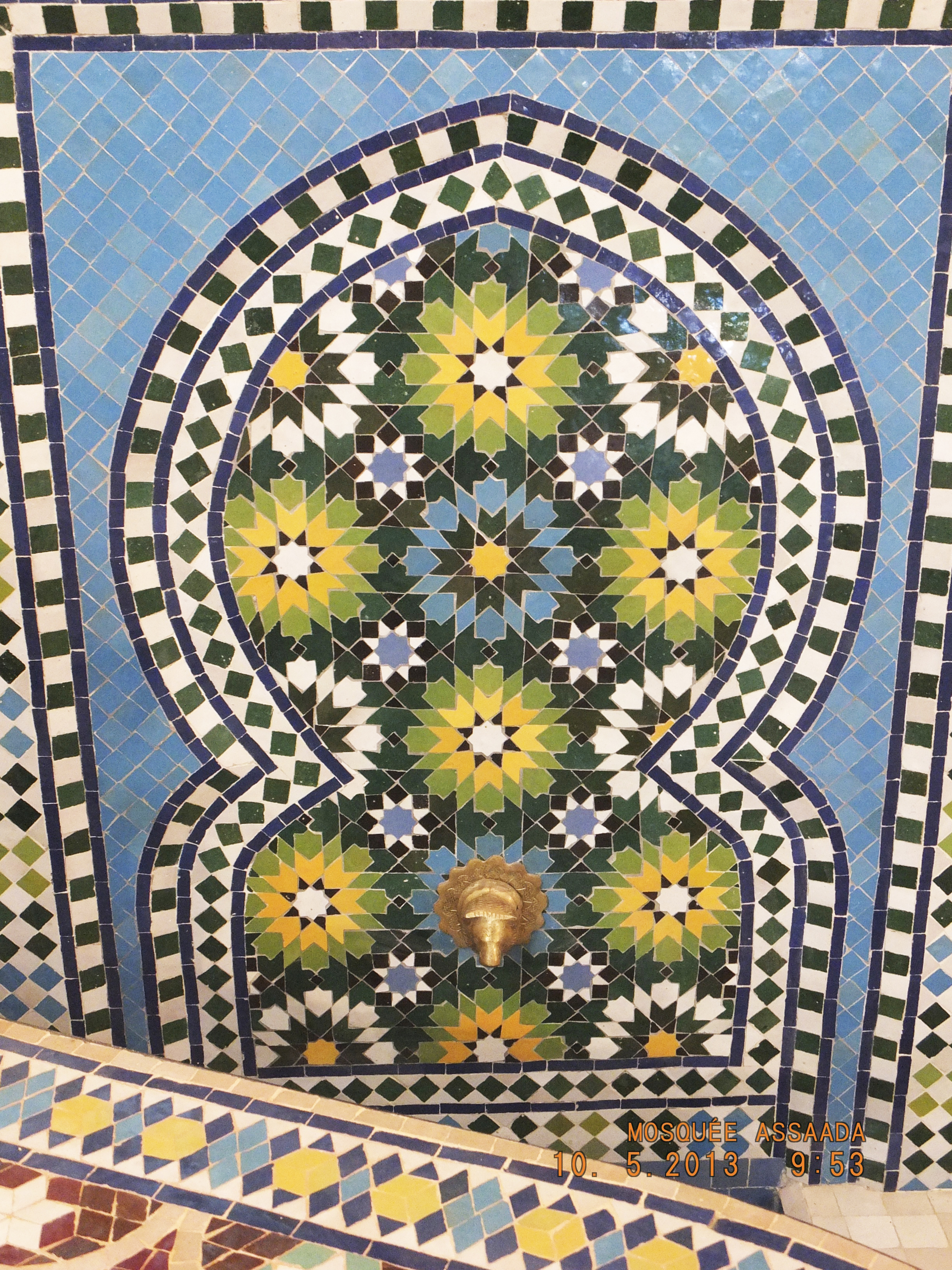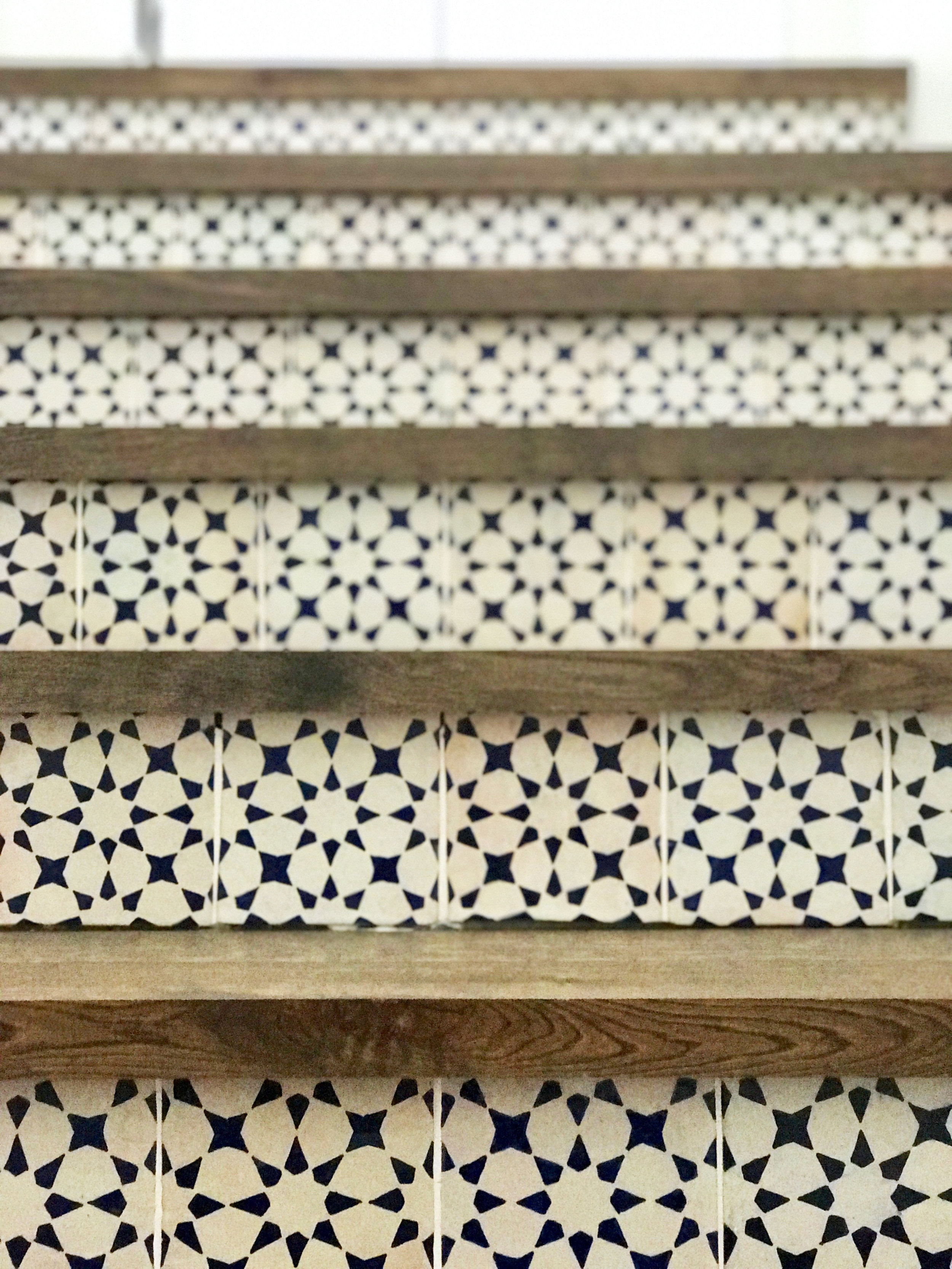Craftsmanship Co-op Poterie de Fes: Zilij Makers
moroccan magic
The artisanship of Moroccan tile mosaic – zellij, meaning little polished stones or tiles – is a meeting of mathematical precision and creative skill. Now the age-old tradition which has been practiced since Roman and Byzantine times is not just alive and well, but flourishing in Fes. Souk & Co take us behind the scenes to meet the artisans.
CURATOR KARINA EASTWAY | INTERVIEW WITH ZILIJ MAKER FOUAD OF CRAFTSMANSHIP CO-OP POTERIE DE FES
TRANSLATION HASSAN IDFATH AND SALLY CAHALAN (SOUK & CO.) PHOTOS CONTRIBUTED BY SOUK & CO. COUNTRY MOROCCO
CERAMIC TILE MOSAIC IS AN INCREDIBLY INTRICATE AND SIGNIFICANT STYLE OF ARTWORK IN MOROCCO. CAN YOU DESCRIBE THE CULTURAL TRADITION BEHIND THE ART FORM AND WHERE THE TRADITION STARTED?
The art form you come across in Morocco is referred to as Hispano-Moorish design. It originated in Muslim Spain, where an interchange of Visigothic, Roman and Tunisian influences were very influential in the development of this style of architecture.
The different dynasties that ruled Morocco imported artisans from Andalucia in the 11th and 12th centuries, bringing with them the tradition of zellij making.
It is still prevalent, not just in buildings of worship like mosques, but also in private homes (riads) inside the medinas (ancient Arabic cities).
WHAT IS THE PROCESS FOR MAKING THE INDIVIDUAL CERAMIC TILES, WHICH ARE THEN PLACED TOGETHER INTO LARGER MOSAIC PIECES?
The process starts with the production of a simple tile – individually hand-made and hand-cut – using the beautiful naturally occurring local clay. After being fired, each tile is glazed on one side. Once these coloured tiles are produced, a specific geometric pattern is drawn and then manually cut using a very sharp hammer. The edges are then bevelled with a smaller hammer.
Each little shaped tile is then meticulously placed together (upside down) to form the overall geometric pattern, before being grouted to form a solid single design piece.
HOW LONG DOES THE PROCESS TAKE AND HOW MANY DIFFERENT ARTISANS DOES IT INVOLVE FROM START TO FINISH?
Zellij making requires working in groups, with each group of artisans specialising in a particular skill. One group is skilled in drawing designs; others chisel the mosaic tiles into shapes using a sharp adze, before the pieces are perfectly assembled by a master artisan to form beautiful designs for tables or fountains etc. Being entirely hand crafted it may take a couple of weeks to produce just one table top.
CAN YOU TELL US ABOUT YOUR PARTNERSHIP WITH SOUK & CO?
We have a wonderful partnership with Souk & Co. We enjoy welcoming clients of Souk & Co, whether it be on one of their hosted tours or on a trip that they’ve custom designed. We take pleasure in showing them the full process of tile and ceramic craftsmanship by our artisans first-hand, in the age-old tradition that has been passed down from generation to generation.
We also work closely with Souk & Co. to produce custom designed tiles and ceramics by our artisans for their clients worldwide. These have ranged from traditional to contemporary designs.
HOW SYMBOLIC IS COLOUR AND GEOMETRIC SHAPE TO THE FINAL MOSAIC DESIGN?
Traditional examples of zellij hold great symbolism, largely derived from Islam. Very early forms of zellij (around the 10th century) were probably inspired by Roman and Byzantine mosaics, and as such were white and tones of brown. The art of mosaics flourished in Morocco especially during the reign of the Merinid dynasty in the 13th and 14th centuries, and is characterised by the prominent colours of white, black, blue, green, red and blue, all of which hold significance and symbolism in Islam.
Any form of Islamic art refrains from depicting animals and humans. Instead the artisans use a combination of florals, calligraphy and geometric patterns, which is widely evident throughout Moroccan design.
Geometric designs come in many shapes and have different names in Arabic such as:
murabaat (square)
muthalathat (triangle)
saft (hexagon)
hilal (crescent)
khatim (eight-pointed star)
dirham (square on edge)
majmat (rectangular)
qandil (lantern – a star with an elongated top)
DOES THE SKILL TRADITIONALLY STAY WITHIN THE ONE FAMILY?
The skill of making ceramic tiles is usually handed down from one generation to another, traditionally from father to son. This kind of job was a male preserve and has been in existence for centuries. Now the Moroccan state sets up apprenticeship centres where both boys and girls learn this craft.
It involves lengthy training, mastering exceptional skills in craftsmanship as well as mathematics and geometry, and requires enormous precision and patience.
WHAT TRADITIONAL TOOLS ARE USED AND HAS THIS BEEN MODERNISED WITH TECHNOLOGY?
What is striking when we see these master artisans at work in their workshops is the contrast between the sophistication of the artwork and the rudimentary tools used.
These tools include the adze (called menqash in Arabic) used to trim the zellij tiles into different shapes, horse hair to paint the pottery, and olive pits to bake the tiles.
It is all a question of know-how. This art form has existed as it is for centuries without the interference of new materials and modern technology. Actually, the craftsman does not need much… clay, his arms, a board, legs, an oven, mineral dye and the sun.
Zellij is a craft which could not be done with machines, because of the precise combinations of the small, individually-shaped pieces of tile which can be combined to provide a variety of endless designs.
WHERE DOES YOUR DESIGN INFLUENCE COME FROM?
The designs may have a religious significance like:
Hilal (the crescent) – the Muslim calendar being a lunar calendar.
Khatim (the eight-pointed star) – the seal of the Prophet Salomon.
Designs may also come from florals or make use of Arabic script.
CAN YOU RECOMMEND A ZILLIJ FOR TRAVELLERS TO VISIT IN MOROCCO?
Some truly beautiful and awe-inspiring examples of zellij and Moroccan design can be found in the Medrassas Attarine or Bouanania in Fes, as well as Ben Youssef Madrassa in Marrakech. The striking Hassan II Mosque in Casablanca has been meticulously designed and built using a huge array of artisanal skills, including zellij.
These mesmerising examples of zellij are always included on any Souk & Co. journey, as well as endless other places that are adorned with these beautiful tiled patterns (including boutique riad hotels and tiled courtyards)
SOUK & CO, HAVE YOU GOT A LOCAL’S TIP FOR VISITORS TO MOROCCO?
Morocco is such an amazingly diverse country, so abundant in history, design, culture and colour. To truly immerse yourself in this fabulous kingdom, there’s no one better than a licenced, experienced guide who can unlock hidden treasures that you’d never find on your own (especially in ancient Fes)! It’s also a great way to meet some warm and hospitable locals!
COULD WE GET A FINAL INSPIRATIONAL QUOTE?
I was captivated by the magically exotic Morocco from the first instant. Immersing myself in this ancient land rich in tradition, incredible design and colour, and warm, hospitable locals constantly enlivens my senses. Souk & Co. allows me to share my passion for this incredible kingdom and its ancient traditions. (Sally Cahalan)


